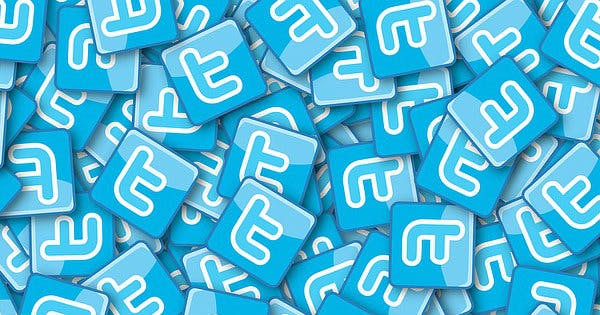Chatbots are all the rage. Mya has received millions in venture money and GoBe has set-up shop on Facebook to help job seekers find work. There are lots of others.
None of them, however, may be as powerful as Twitter, which unveiled a new way to automatically chat with potential customers this week called “Direct Message Cards.” As reported by Techcrunch, “Twitter has found its own way to participate in the growing Chatbot trend.
“The company announced today a new feature for advertisers, which allows businesses on Twitter to promote ads designed to pull consumers into personalized experiences within Direct Messaging — including interactions with chatbots.
“For example, one brand is running a bot that can help you with a cocktail recommendation after you provide answers to questions about occasion or flavor. These interactions get started via a promoted ‘Direct Message Card,’ as the new, customizable card for businesses is called.”
The example given is an ad asking users on Twitter if they need a cocktail and information on the occasion. Answers include things like, “Pool,” “Party,” and “Cookout.” When a user selects an answer, a direct-messaging conversation automatically begins. Chats are meant to be less transactional than conversational, but the opportunity to drive prospects into a funnel are potentially powerful.
With this new option, businesses can capture attention through engaging images or video and include up to four fully customizable call-to-action buttons. Each of these buttons can take the user into a specific experience within Direct Messages. Businesses can also turn their audience into advocates by encouraging them to share the experience in their own voice through a Tweet.
For an employer, the opportunities around such an advertising opportunity are pretty obvious. Two options include the following: Applying to a job and employer branding.
- Applying to a job. After a quick message and engaging image, a job seeker might be asked, “What kind of job are you looking for?” They could then choose from options like “Sales,” “Technology,” “Customer Service,” and the like. Depending on the answer, they’d be taken to a series of questions assessing their skill. At a certain point, a link could be shared to fill out an online, mobile application.
- Employer branding. If the warm and fuzzy is more your thing, Twitter’s Direct Message Card will give you plenty of opportunities to engage with candidates, especially the passive kind. For instance, people could chat with your CEO, or they could engage with your company in an employment-type setting. For example, Starbucks could let users act as a barista and interact with various workplace activities like making a coffee or interacting with a customer. It could “gamify” hiring.
Early days, but you get the idea. It’s an uphill climb for the technology at this point, however. As Techcrunch highlights, chatbots haven’t exactly set the world on fire.
“Many of the early attempts in this space have fallen short of consumer expectations. Facebook’s first chatbots, for instance, annoyed people by pretending to be a person — leaving customers feeling like they were interacting with the messaging-based version of a call center’s phone menu. And their shopping or information-sharing experiences were often not any easier than visiting the business’s own website.”
Chatbots for employment, however, makes a lot of sense. Automated responses create efficiencies in the hiring process that are undeniable, which is why it’s no surprise to see investment money going to startups looking to make a dent in this burgeoning category. Savvy employers will start dipping their toes into the chatbot waters in greater numbers. Only time will tell if they stick around for the long haul.
The new Direct Message Cards are launching now into beta, and are only open to Twitter advertisers. The other services mentioned above are ready to take your money today.
